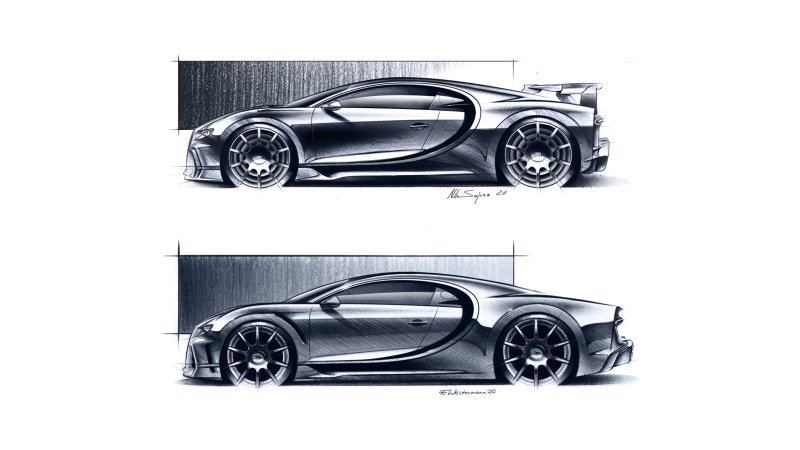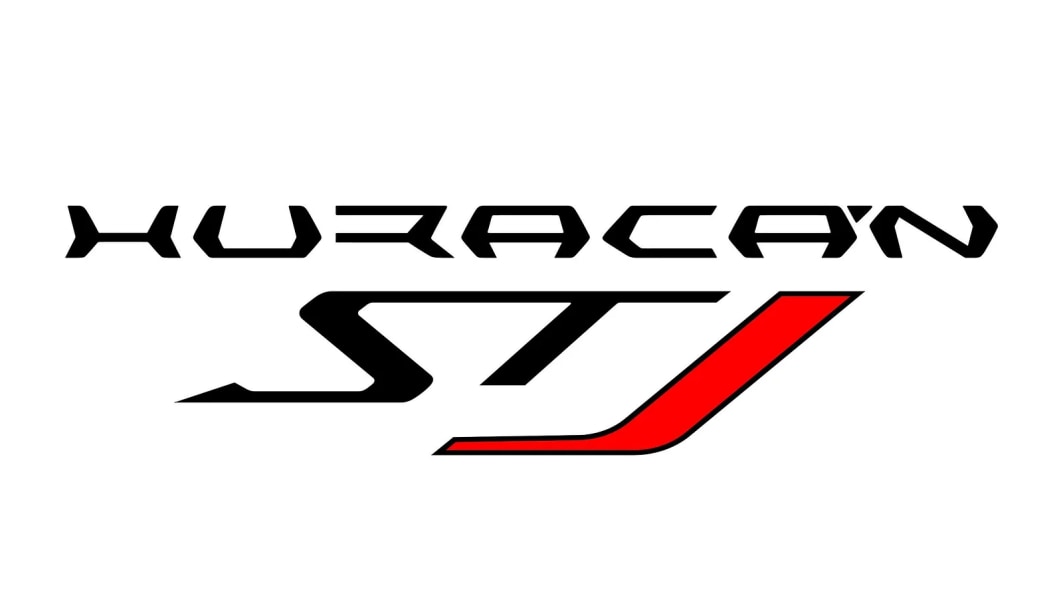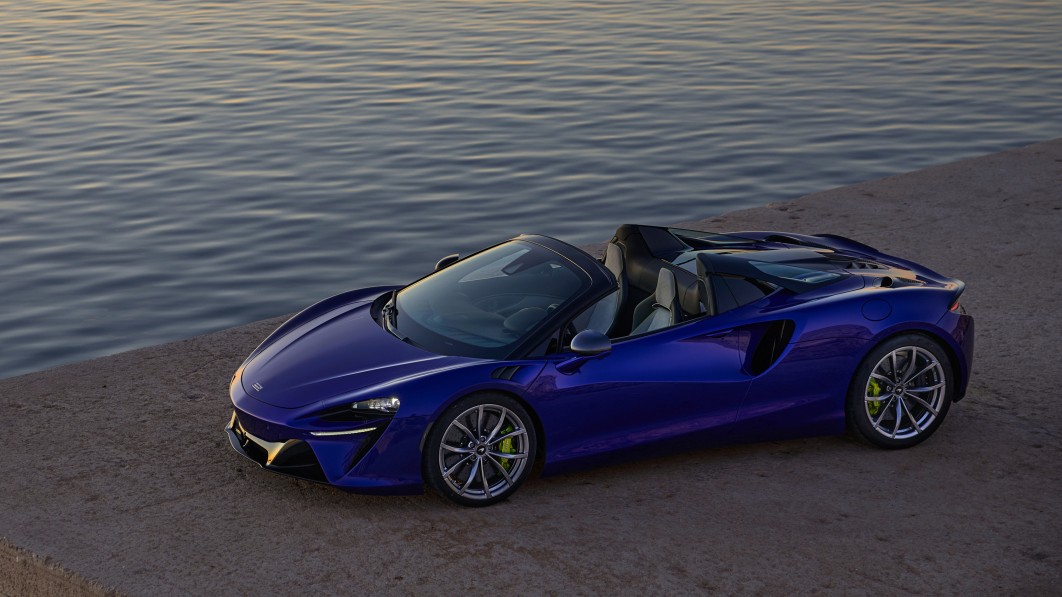As the successor to the world-beating Veyron, the Bugatti Chiron had big shoes to fill, and by every measure it has succeeded. With its 304-mph top-speed run last fall, the latest Bugatti hypercar has handily beaten all expectations, and Bugatti President Stephan Winkelmann has even publicly stated that the company will no longer chase speed records. One could argue that the Chiron’s work here is done, and yet it’s merely half way through its projected lifecycle. What more could it possibly accomplish?
Bugatti’s answer: Go faster on a road course. To accomplish this, the Chiron Super Sports 300+ formula would have to be cast aside for something entirely new. After all, the things that make a car fast in a straight line are only part of the equation when it comes to conquering a race track, and with that mission, the Chiron Pur Sport was born. These two models’ diverging missions necessitated distinct design. To learn more about just how differently they were formed, Autoblog attended a virtual round-table with Frank Heyl, Bugatti deputy design director, and Jachin Schwalbe, Bugatti head of chassis development.
The distinctions are most evident in their profiles, where the longtail design of the Super Sports 300+ radically alters the Chiron’s entire rear “box,” making the Pur Sport’s sharp rear cut-off seem almost inelegant by comparison. The slow, clean taper of the longtail design accomplishes the same thing aerodynamically that it does aesthetically. When the car is in top-speed mode, the rear spoiler even remains stowed.
This design significantly shrinks the low-pressure zone behind the car, reducing the resulting drag, but that absent spoiler also detracts from the Chiron’s stability. To compensate for the lack of spoiler deployment, Bugatti’s engineers altered the flow beneath the car and through the rear diffuser. Heyl describes this as “free” downforce, because there’s no corresponding penalty in drag from gains found with these underbody features.
With the Pur Sport, Bugatti went the other direction. This track-focused car gives up a ton of top speed to its sibling in exchange for nimbleness and acceleration, so being able to cut the minimum hole in the air is far less important. Think of design as a zero-sum game, Bugatti’s team says. With the Pur Sport, top speed was less of a priority, which allowed engineering and design to explore other capabilities.
The short rear deck and pronounced rear diffuser pair with the Pur Sport’s massive rear wing to produce significantly more downforce, significantly improving the car’s high-speed handling. It may “only” hit 218 mph, but the trade-offs allow for far greater flexibility on tighter, more technical tracks. These design changes go hand-in-hand with the Pur Sport’s extensive chassis and braking system overhaul to create a total package that is more than merely a stock Chiron with 110 pounds yanked out of it.
In the end, this divergent pair of new Chirons should provide more than enough incentive for customers to justify and/or desire plunking down a few more millions on one of the few remaining Chirons set to be made (less than 100). Basically, how and where do you want your second Chiron to be faster?




